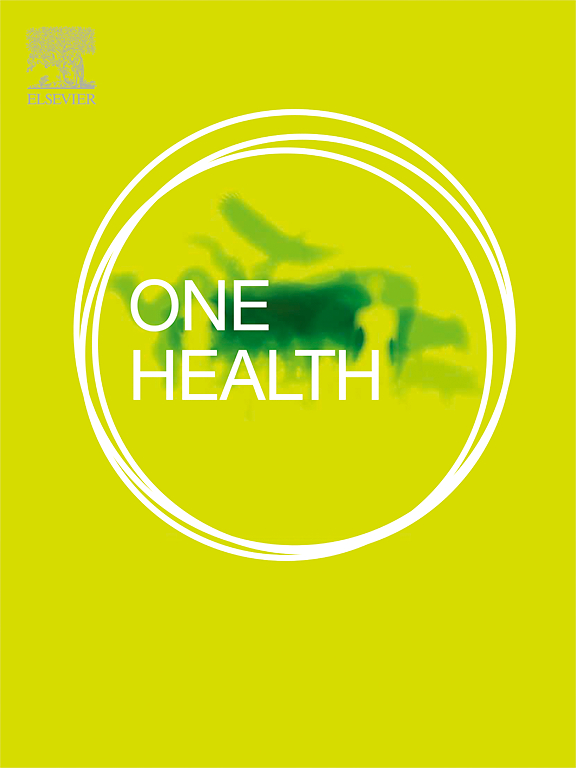Differential effect of acute versus persistent insect-specific flavivirus infection on superinfection exclusion of West Nile, Zika and chikungunya viruses in RNAi-competent and -deficient mosquito cells
IF 4.1
2区 医学
Q1 INFECTIOUS DISEASES
引用次数: 0
Abstract
Millions of people are annually infected by mosquito-transmitted arboviruses including dengue virus (DENV), West Nile virus (WNV), Zika virus (ZIKV) and chikungunya virus (CHIKV). Insect-specific flaviviruses (ISFs), which only infect mosquitoes and cannot replicate in vertebrates, can offer a potential one health strategy to block the transmission of arboviruses by reducing the mosquito's susceptibility for subsequent arbovirus infections through superinfection exclusion (SIE). Most SIE studies focus on acute ISF infections in RNAi-deficient Aedes albopictus C6/36 cells. Because ISFs are known to persistently infect mosquitoes, acute infections in C6/36 cells may not accurately reflect natural interactions between ISFs and arboviruses. To study the underlying mechanisms for SIE, we persistently infected C6/36 and RNAi-competent Aedes aegypti Aag2 cells with the ISF Binjari virus (BinJV) and a BinJ-ZIKV chimera that contains the ZIKV prME structural genes. SIE of WNV, ZIKV and CHIKV by BinJV was more pronounced in acute than in persistently infected cells and much stronger in acutely infected C6/36 cells compared to Aag2 cells. The viability of RNAi-deficient mosquito cells was severely reduced upon acute ISF infection, which correlated to the observed SIE. However, persistently infected mosquito cells still inhibited subsequent arbovirus replication. Moreover, RNAi-competent Aag2 cells were better protected against ZIKV superinfection when they were pre-infected with BinJ-ZIKV as compared to BinJV. Therefore, acute ISF infections and strong cytopathic effects in RNAi-deficient cells augment SIE, while in persistently infected cells SIE is established through RNAi-dependent and independent mechanisms. This highlight the importance of using more representative in vitro models.
求助全文
约1分钟内获得全文
求助全文
来源期刊

One Health
Medicine-Infectious Diseases
CiteScore
8.10
自引率
4.00%
发文量
95
审稿时长
18 weeks
期刊介绍:
One Health - a Gold Open Access journal.
The mission of One Health is to provide a platform for rapid communication of high quality scientific knowledge on inter- and intra-species pathogen transmission, bringing together leading experts in virology, bacteriology, parasitology, mycology, vectors and vector-borne diseases, tropical health, veterinary sciences, pathology, immunology, food safety, mathematical modelling, epidemiology, public health research and emergency preparedness. As a Gold Open Access journal, a fee is payable on acceptance of the paper. Please see the Guide for Authors for more information.
Submissions to the following categories are welcome:
Virology,
Bacteriology,
Parasitology,
Mycology,
Vectors and vector-borne diseases,
Co-infections and co-morbidities,
Disease spatial surveillance,
Modelling,
Tropical Health,
Discovery,
Ecosystem Health,
Public Health.
 求助内容:
求助内容: 应助结果提醒方式:
应助结果提醒方式:


